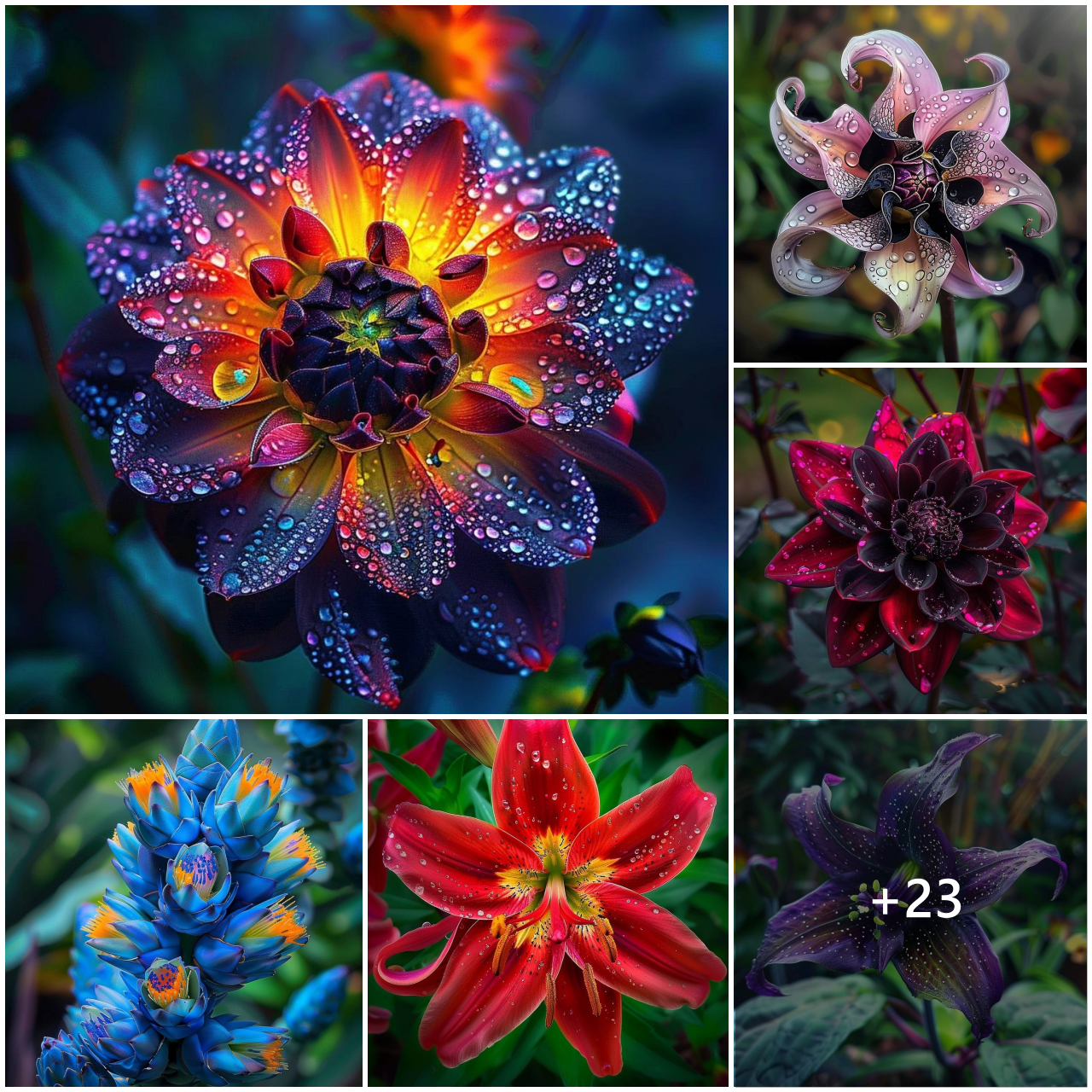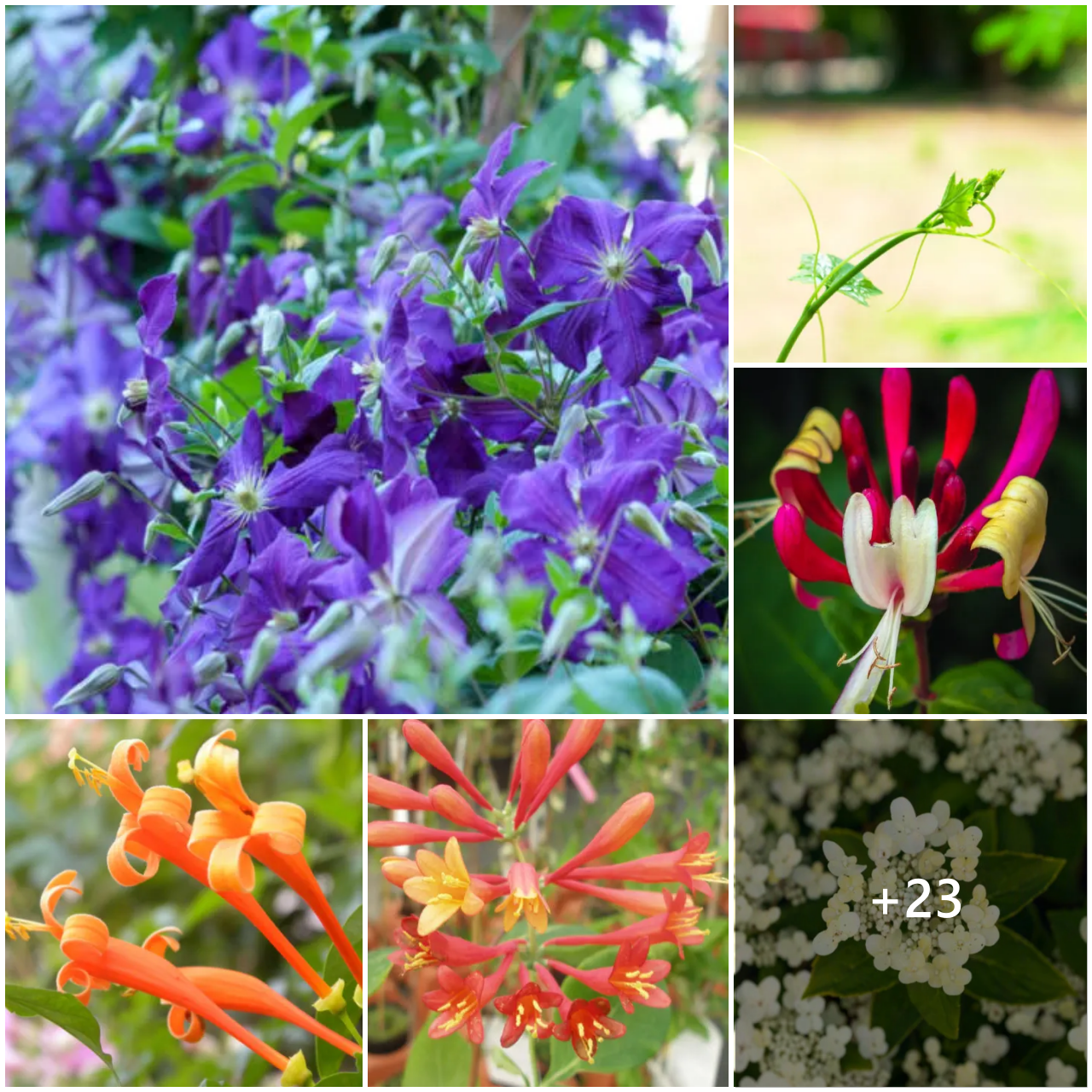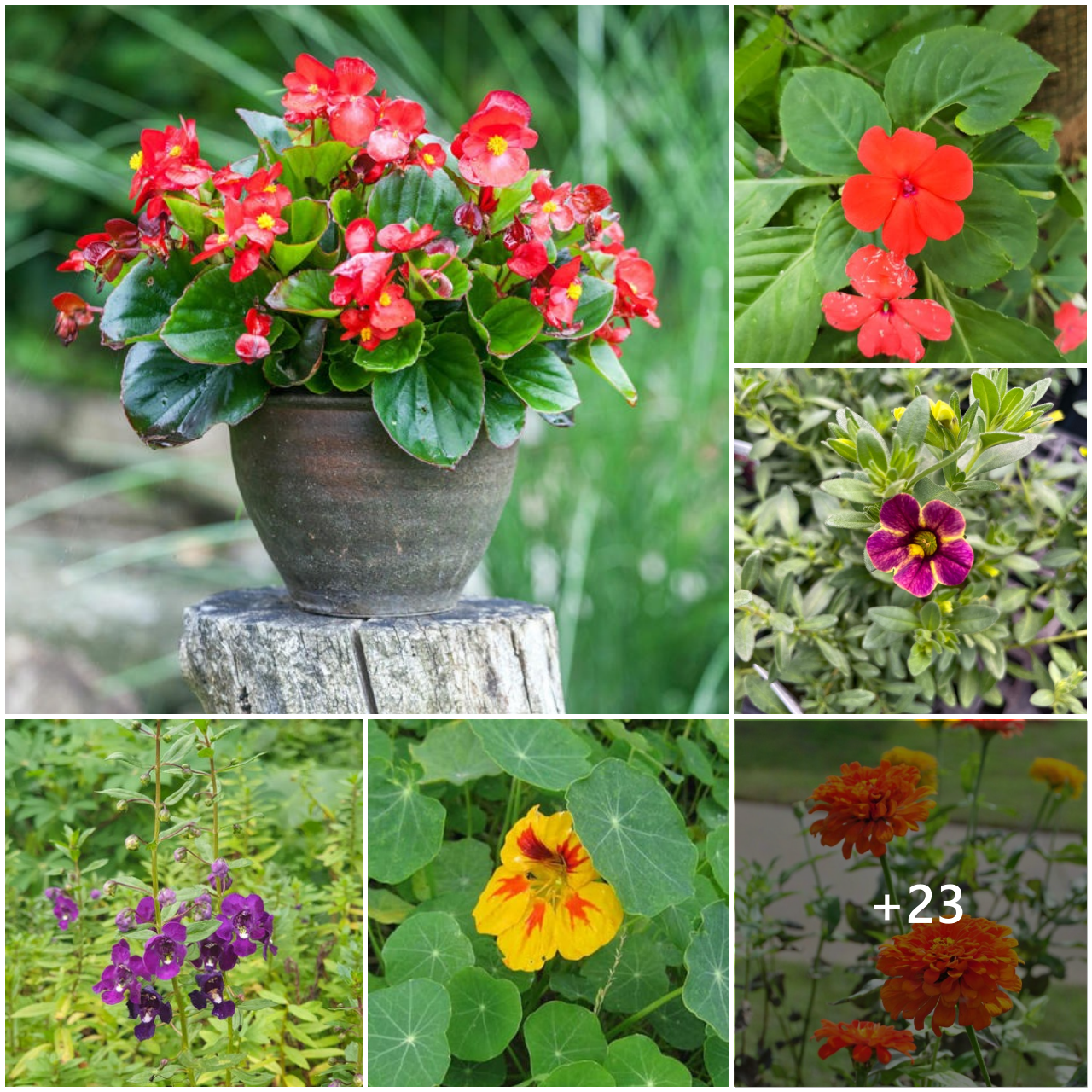A new year, another opportunity to try something new in the garden! Trends come and go, but the best ideas can become mainstays to help you get the most from your garden for years to come.
The 2023 Garden Guide—which is available now—gives depth to the trends that are defining gardening this year. The underlying themes are versatility, self-sufficiency, and creating spaces that reflect the lifestyle and personality of each individual gardener. The Garden Guide is from the editors of The Old Farmer’s Almanac.
As planting plans start to come together, consider adding one, two, or more of these trends to your rotation, including:
#1: Mix Up a Bartender’s Garden

As in cooking, the best cocktails are made from fresh ingredients, including those straight from the garden. Gardeners with a love of mixology are combining their favorite activities by growing fruit, vegetables, and herbs that can be used to make drinks that will delight (especially after a long day in the garden!).
The Garden Guide can help to get you ready for happy hour with a menu of herbs that are easy to grow and will go from the garden to the bar cart. Many of them—basil, fennel, rosemary, and others—can do double duty in the kitchen. In addition, learn some new recipes that use fresh herbs, including Strawberry Lavender Margarita, Honey Grapefruit Martini, and Chocolate Mint Mojito.
#2: Plant Pint-Size Produce
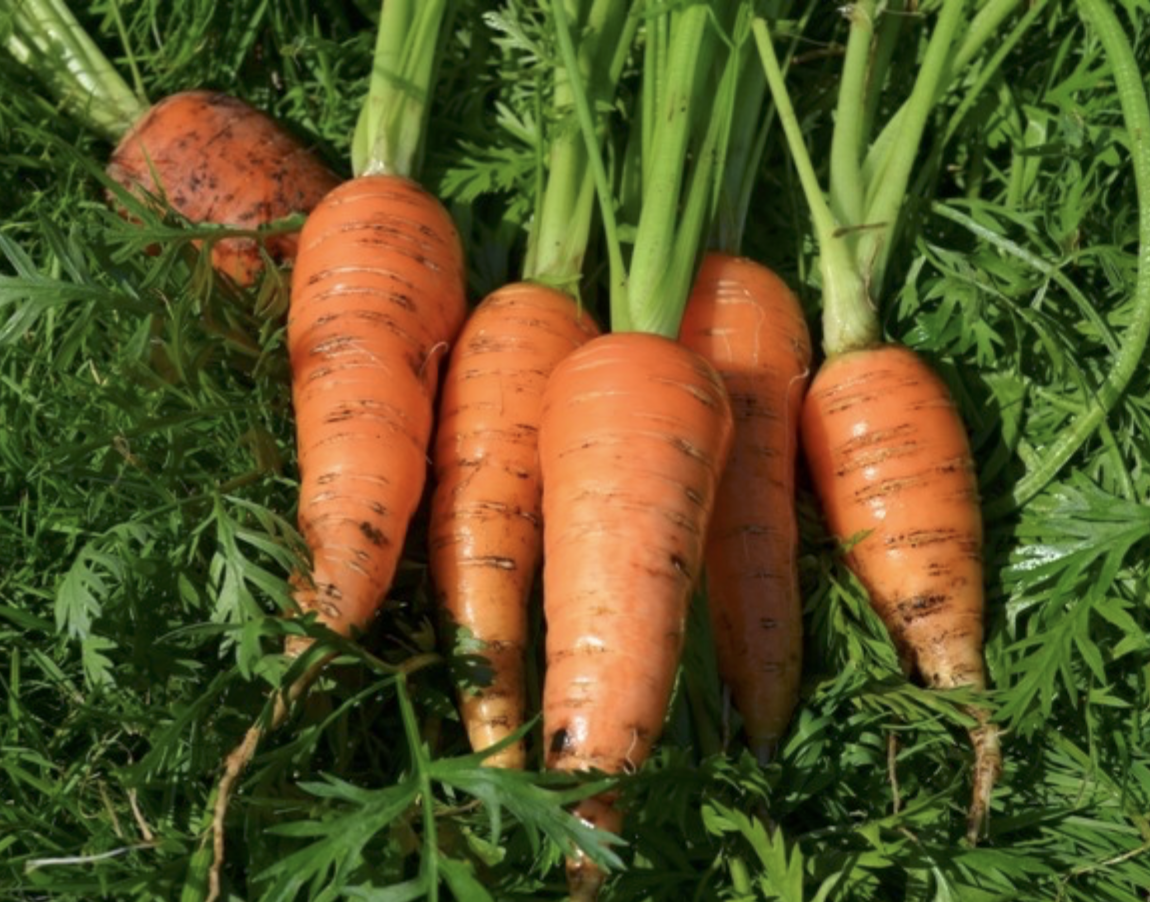
The popularity of vegetable gardening continues to grow as more and more people look to combat inflation at the grocery store. While small-space gardeners make efficient use of containers and limited plots, there have always been some larger fruit and vegetables that are difficult to grow in a contained space.
Enter mini varieties of popular favorites like melons, cauliflower, bok choy, cucumbers, carrots, and more. The new Garden Guide gives a primer on pint-size produce and shows gardeners how to get started! While minis require the same basic care as their full-size counterparts, they can be grown almost anywhere and can often thrive with as little as an inch of water per week!
#3: Grow Houseplants With Purpose
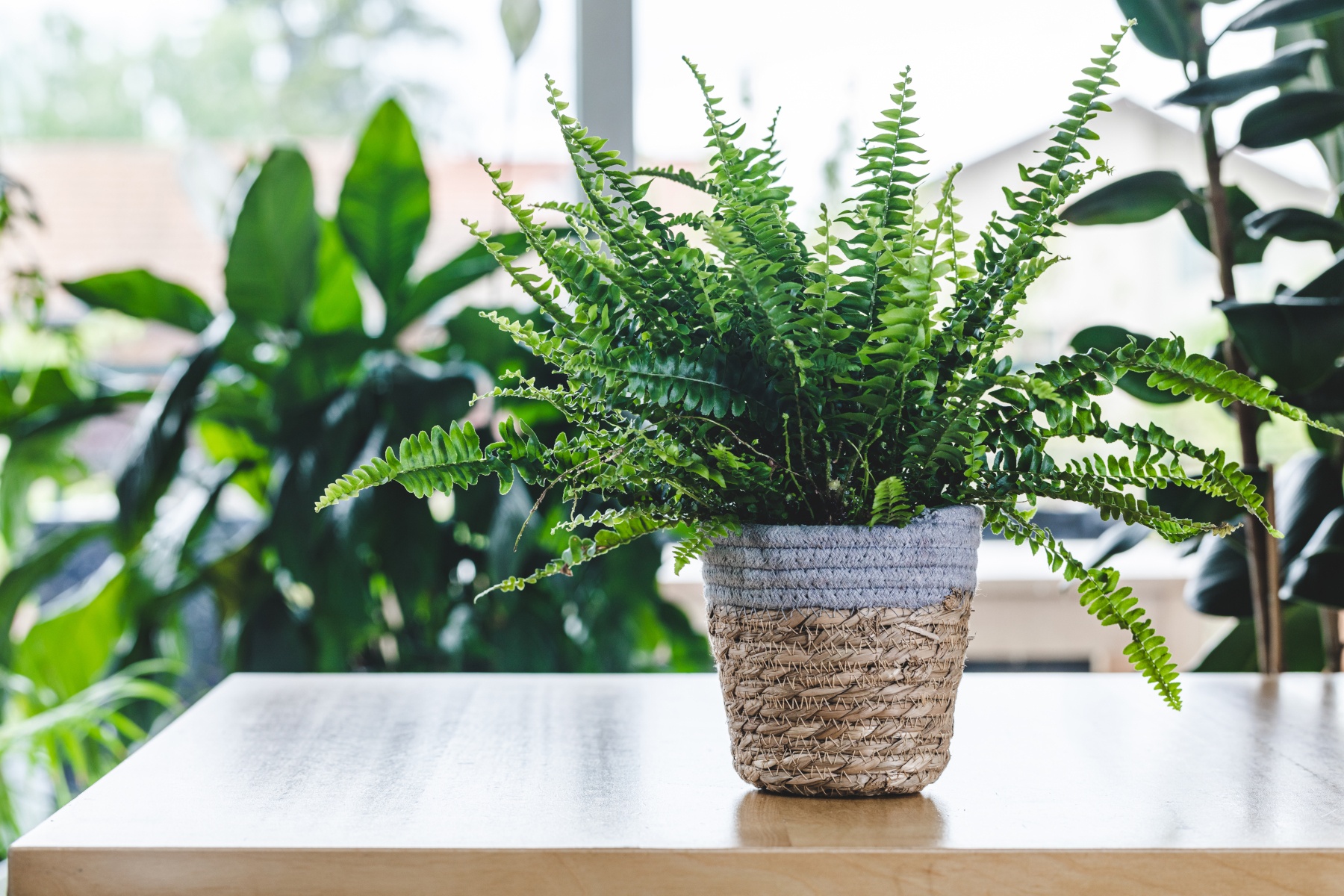
The demand for houseplants shows no signs of slowing down. What began as a pandemic hobby for many has continued to grow in recent years, and with good reason: Not only do houseplants add something special to any home’s décor but also they have proven health benefits, including reducing stress, promoting calm, and improving air quality. In fact, people in plant-filled homes and/or offices report fewer headaches, less eye irritation, and fewer respiratory conditions.
While all houseplants clear the air, the Garden Guide gives advice on the best choices to remove the most harmful toxins, including those from common sources such as cigarette smoke, nail polish remover, adhesives, paint, and more.
For houseplant lovers who are looking for a little more va-va-voom, the Garden Guide goes beyond the ho-hum with exotic, showstopping options that will add a bit of flair to any collection.
#4: Cultivate a Cutting Garden

While vegetable gardening has taken center stage over the last several years, flower gardening is on the rise with a focus on cutting gardens. This trend allows gardeners to enjoy the fruit of their labor inside and out. The Garden Guide suggests that gardeners start by concentrating on the classics: bold, eye-catching varieties like cosmos, dahlias, poppies, and Shasta daisies. All of these will bring color and brightness to the garden and look great in a simple vase or Mason jar.
For more on flower gardening, pick up a copy of the Flower Gardener’s Handbook, which includes growing guides for more than 30 flowering plants as well as advice on cutting, drying, and arranging!
#5: Spice Things Up
The humble herb is starting to claim a more purposeful place in the garden. Not only are gardeners embracing herbs for uses outside the kitchen, but more exotic spices are popping up in North American gardens. According to the Garden Guide, flavor-seekers are diversifying and growing ginger, turmeric, saffron, and Sichuan pepper, among others. Although sometimes a bit more persnickety than traditional kitchen herbs, these can still be well worth the effort, especially for versatile home cooks!
#6: Ditch the Lawn?
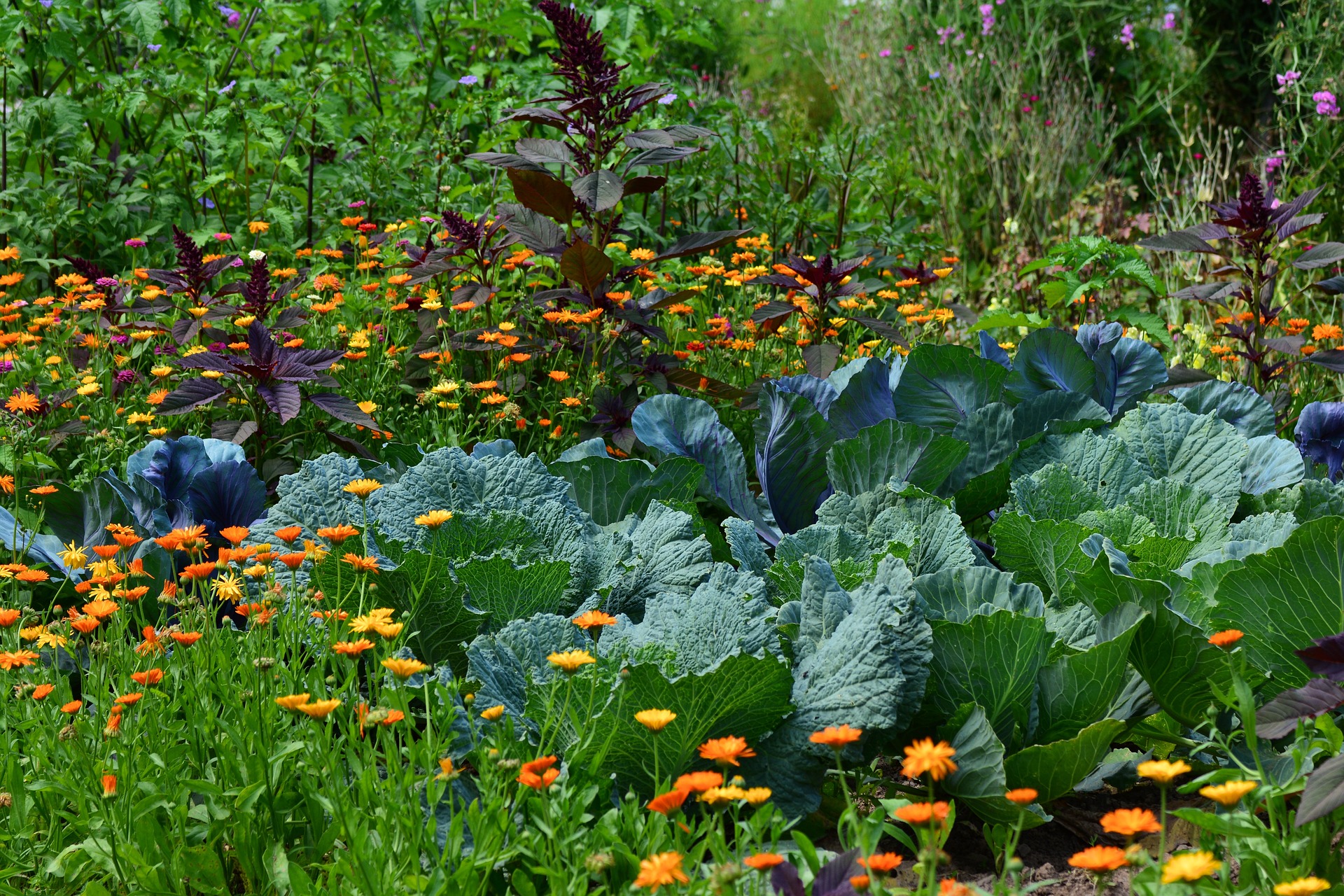
There’s a growing movement to repurpose lawns with almost anything! This is a controversial stance, to be sure—some people look forward to the weekly mow—but it makes sense for some: Lawns are thirsty, demanding house guests without much utility. When a food forest, cutting garden, or pollinator meadow is allowed to take over the front yard, depth, color, and bounty become natural by-products.
If you’re not ready to rip out the lawn just yet, start small: Stop mowing … at least for a month. A campaign from the British conservation charity Plantlife.org.uk encourages people to participate in #NoMowMay. Setting aside the lawn mower for even a month promotes more wildflower blooms and blossoms, which will welcome hungry pollinators!
#7: Embrace Ornamentals
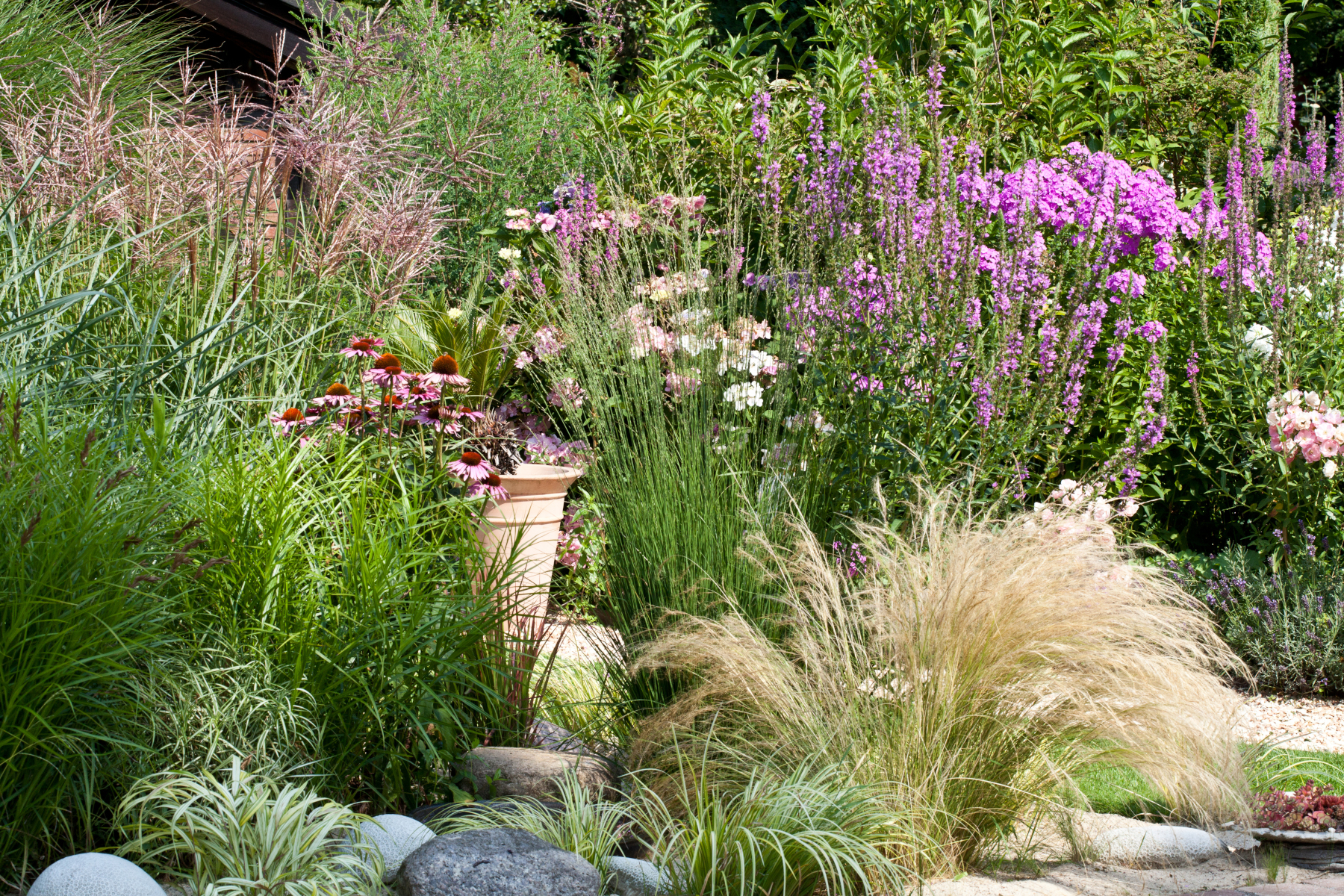
As gardeners become more water-aware, they are looking for plants that are drought-tolerant and can stand up to weather extremes. Enter ornamentals, which can often take the heat and still look great. Many are even natural protectors: Ornamental grasses can slow water flow in heavy rains, reduce erosion, and shelter smaller plants in heavy winds. Also, they provide food and cover for birds and insects, as well as make great companions for many meadow-friendly perennials, including black-eyed Susans and purple coneflowers.
According to the 2023 Garden Guide, growing ornamental grasses is simple even for a beginner. Because of their resilience, many are hardy enough to thrive in almost any climate as long as their sun or shade requirements are met. Unlike lawns, which need regular cutting and care, ornamental grasses need not much more than annual pruning based on the growing season.
See the prettiest varieties of ornamental grasses.
#8: Grow a Spa Day

According to a recent National Gardening Survey, the top reasons that people garden are for relaxation and as a way to connect with nature. Following along with their continued turn toward self-sufficiency, many gardeners are now growing herbs and flowers to create their own self-care home remedies that nourish the body, inside and out.
Want to grow your own spa day? The Garden Guide suggests five common plants to start with (some of which might already be growing in your garden!) and takes a deeper look at their healing qualities. For example, lavender has long been recognized for its cleansing properties and is an effective treatment for burns, wounds, and irritated skin, while chamomile can ease skin irritation and puffiness. Also included in the newest Garden Guide are recipes for simple toners, creams, and scrubs to make the most of homegrown herbs or flowers.
Get your copy of the 2023 Garden Guide today: It’s available online in print and digital formats—or better yet, find a copy locally at a bookstore or garden center near you!


